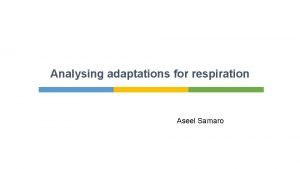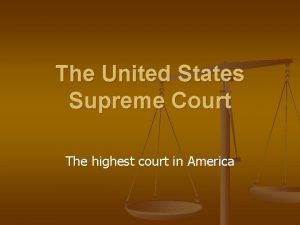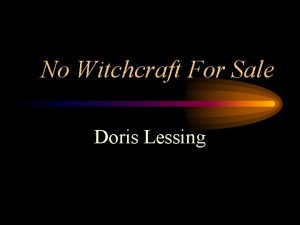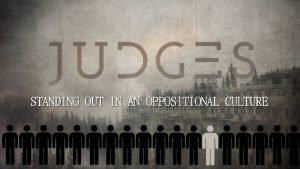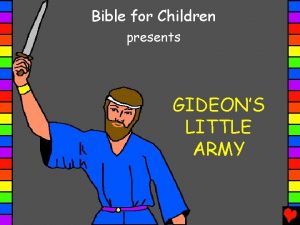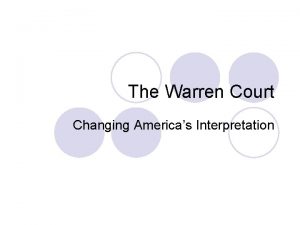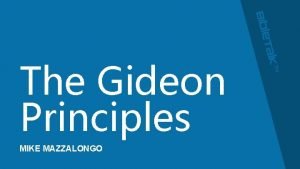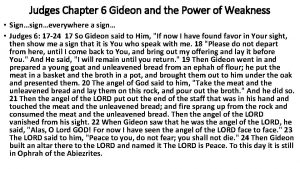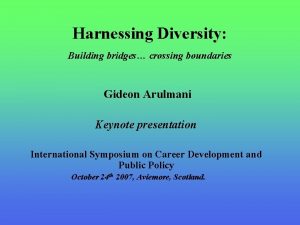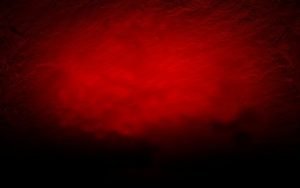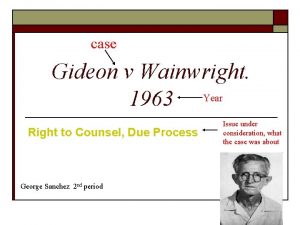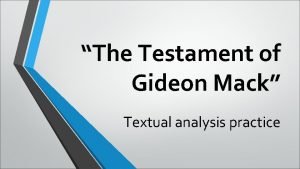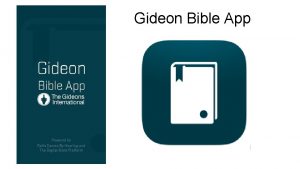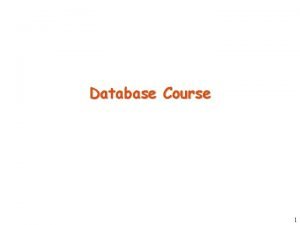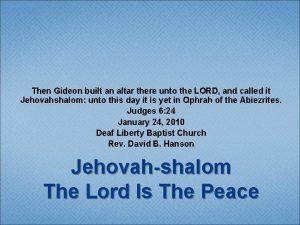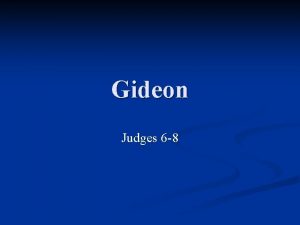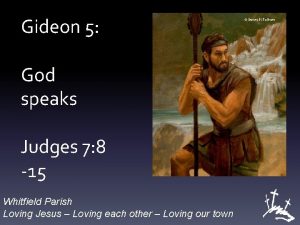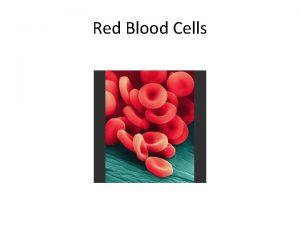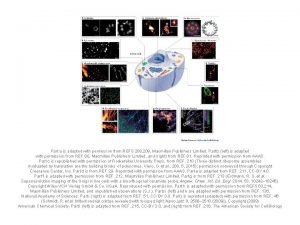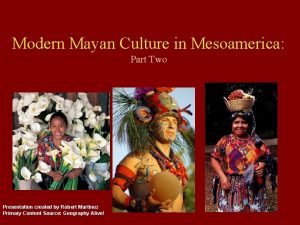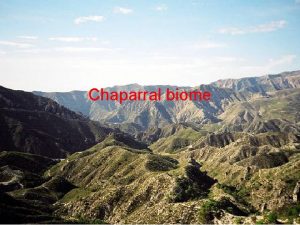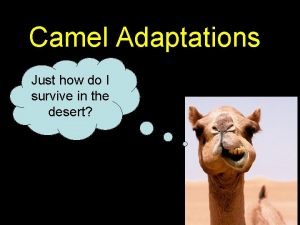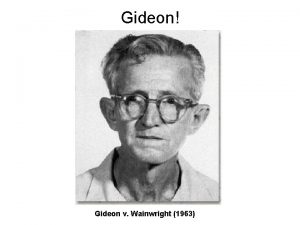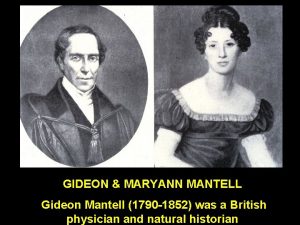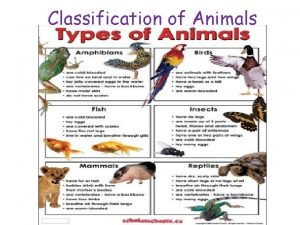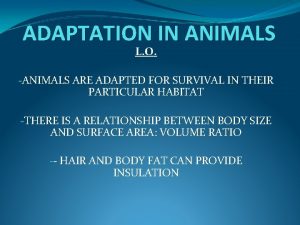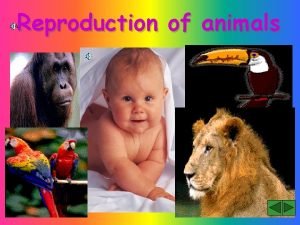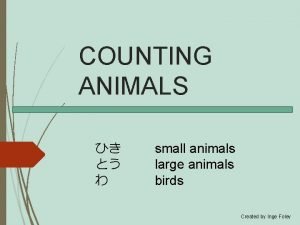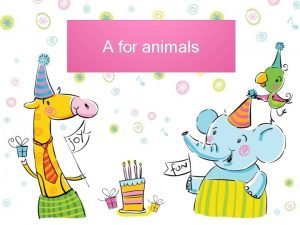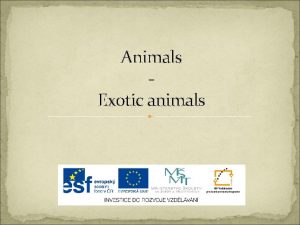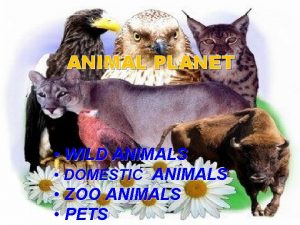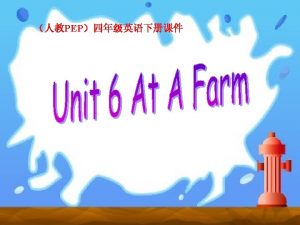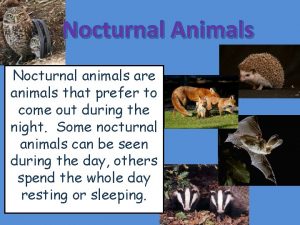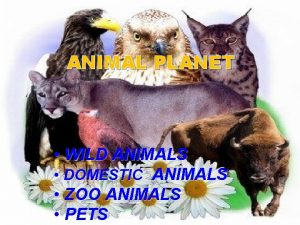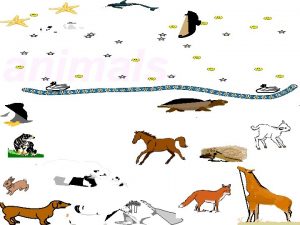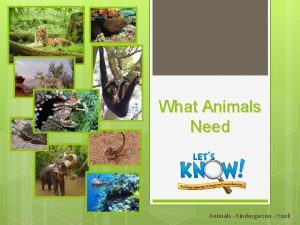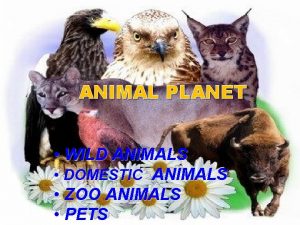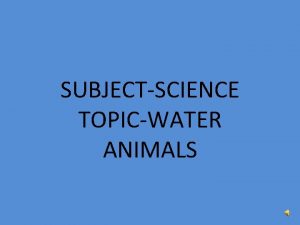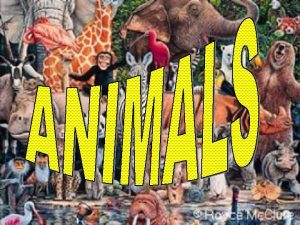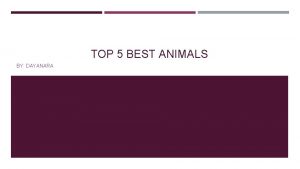Classification of Animals adapted from http gideon k

































- Slides: 33

Classification of Animals adapted from http: //gideon. k 12. mo. us/teachers/jswi

Animals With Backbones AMPHIBIAN FISH MAMMAL BIRD adapted from http: //gideon. k 12. mo. us/teachers/jswi REPTILE

Animals With Backbones • Animals with backbones are called vertebrates. • Vertebrates include many different kinds of animals. They can be found just about everywhere – in oceans, rivers, forests, mountains, and deserts. • Animals with backbones can be broken up into smaller groups by characteristics. • They are: adapted from http: //gideon. k 12. mo. us/teachers/jswi

Fish adapted from http: //gideon. k 12. mo. us/teachers/jswi

Fish Characteristics • They are the largest group of vertebrates. • They come in many sizes and shapes. • Many fish are covered with scales that protects them. • They have fins that help them to steer and balance in the water. • Their body temperatures vary in the water. • They breathe through gills. adapted from http: //gideon. k 12. mo. us/teachers/jswi

Amphibians adapted from http: //gideon. k 12. mo. us/teachers/jswi

Amphibian Characteristics • Their body temperature varies with their surroundings. • Amphibians hatch from eggs and they can live on land as an adult. • Young amphibians breathe through gills like fish. • Adult amphibians breathe air from lungs. • Some have smooth moist skin. adapted from http: //gideon. k 12. mo. us/teachers/jswi

Reptiles adapted from http: //gideon. k 12. mo. us/teachers/jswi

Reptile Characteristics • • • Reptiles can move at various speeds. They lay their eggs on land. They have dry scaly skin. They can include animals as large as a crocodile. Their body temperature varies with their environment. • They live in hot, dry deserts and in warm, wet tropical rain forests. adapted from http: //gideon. k 12. mo. us/teachers/jswi

Birds adapted from http: //gideon. k 12. mo. us/teachers/jswi

Bird Characteristics • Birds lay hard shelled eggs that hatch in their nest. • There about 9, 000 types of birds. • Birds are vertebrates that have wings and they are covered with feathers. No other animal has this feature. • The bird’s skeleton is very light in weight. This helps them to fly. • Birds range in size from as small as your finger or as large as a human. adapted from http: //gideon. k 12. mo. us/teachers/jswi

Mammals adapted from http: //gideon. k 12. mo. us/teachers/jswi

Mammal Characteristics • They include a wide range of animals: ape, lions, kangaroos, bats, and etc. • Their young grows inside the mother. • Humans are mammals but they (animals) have more hair than we do. • The hair keeps the animals warm. • They feed milk to their young. adapted from http: //gideon. k 12. mo. us/teachers/jswi

Invertebrates adapted from http: //gideon. k 12. mo. us/teachers/jswi

Invertebrate Classification • What is an Invertebrate? • Invertebrates are animals that do not have backbones. • 97 % of the animal kingdom is made up of invertebrates. • Some can be found in ponds, oceans, and other water environments. • Insects and some other invertebrates have exoskeletons. adapted from http: //gideon. k 12. mo. us/teachers/jswi

An Exoskeleton is a hard outer covering that protects an animal’s body and gives it support. There are six groups of invertebrates. They are: adapted from http: //gideon. k 12. mo. us/teachers/jswi

Sponges adapted from http: //gideon. k 12. mo. us/teachers/jswi

Sponges Characteristics • They look like plants but they are animals. • Sponges stay fixed in one place. • Their bodies are full of holes and their skeleton is made of spiky fibers. • Water flows through the holes of their body which enables them to catch food. adapted from http: //gideon. k 12. mo. us/teachers/jswi

Corals, Hydras, and Jellyfish adapted from http: //gideon. k 12. mo. us/teachers/jswi

Characteristics • Corals look like plants but they belong to the animal kingdom. • They have soft tubelike bodies with a single opening surrounded by armlike parts called tentacles. • They feed by catching tiny animals in their tentacles. • Hydras have tentacles that catch their food. • They move from place to place. • Hydras are much smaller animals. • Jellyfish catch shrimp, fish, adapted fromand other animals in its tentacles also. http: //gideon. k 12. mo. us/teachers/jswi

Worms: Flatworms, Roundworms, and Segmented worms adapted from http: //gideon. k 12. mo. us/teachers/jswi

Worm Characteristics • Worms are tube-shaped invertebrates which allows them to be put into groups. • They can be found in both land water environments. adapted from http: //gideon. k 12. mo. us/teachers/jswi

Flatworms • They have a head and a tail, and flattened bodies. • A tapeworm is a flatworm that can live inside the body of animals and humans. It can cause you to become sick. adapted from http: //gideon. k 12. mo. us/teachers/jswi

Roundworm • They have rounded bodies. • They live in damp places and they can also live inside humans and other animals. • They too can make people and other animals sick. adapted from http: //gideon. k 12. mo. us/teachers/jswi

Segmented worms • The earthworm belongs to this group of worms. • Their bodies are divided in segments, or sections. • They prefer burrowing through moist soil. • This allows them to move easily and it keeps them from drying out. adapted from http: //gideon. k 12. mo. us/teachers/jswi

Starfish and Sea Urchins adapted from http: //gideon. k 12. mo. us/teachers/jswi

Characteristics • It belongs to a group of invertebrates that have tiny tube feet and body parts arranged around a central area. • A starfish has five arms and no head! • The hard, spiny covering of the starfish gives the animal protection. • A sea urchin belongs to this same group. • Its body is covered with spines. adapted from http: //gideon. k 12. mo. us/teachers/jswi

Mollusks adapted from http: //gideon. k 12. mo. us/teachers/jswi

Mollusk Characteristics • A mollusk has a hard shell, a rough tongue, and a muscular foot. • A snail is a mollusk with a single hard shell. • A clam has two shells joined together by a hinge. • Squids and octopuses are also mollusk. • Their hard shells are small, but they are inside their bodies. adapted from http: //gideon. k 12. mo. us/teachers/jswi

Arthropods adapted from http: //gideon. k 12. mo. us/teachers/jswi

Arthropod Characteristics • Arthropods are a group of invertebrates with jointed legs and hard exoskeleton that protect the arthropod. • As it grows, it molts, or sheds its old exoskeleton. • Then it grows a new exoskeleton that allows its body to continue to grow. • A lobster is an arthropod. • The largest group of arthropods are insects. adapted from http: //gideon. k 12. mo. us/teachers/jswi

Arthropods: Insects, Spiders, and Centipedes/Millipedes • They are the only invertebrates that can fly. • Insects have bodies divided into three parts, and six legs. • Spiders have jointed legs (eight legs), jaws and fangs. • Centipedes and millipedes are also arthropods. • Centipedes uses its many legs to run from enemies. • Millipedes roll up their bodies when they sense danger approaching. adapted from http: //gideon. k 12. mo. us/teachers/jswi

Summary Invertebrates do not have backbones. They include the smallest animals such as: spiders, mites, insects, and worms. Vertebrates do have backbones. They include animals such as: Horses, birds, cats, dogs, fish, lizards, and snakes. adapted from http: //gideon. k 12. mo. us/teachers/jswi
 Adapted animals in the rainforest
Adapted animals in the rainforest What is the highest court in the united states? *
What is the highest court in the united states? * Tinker v des moines summary
Tinker v des moines summary No witchcraft for sale theme
No witchcraft for sale theme Clarence gideon
Clarence gideon Facts about gideon v wainwright
Facts about gideon v wainwright Gideon's son abimelech
Gideon's son abimelech Gideon pitchers torches
Gideon pitchers torches Escobedo v illinois oyez
Escobedo v illinois oyez Gideon principle
Gideon principle Gideon chapter 6
Gideon chapter 6 Gideon arulmani
Gideon arulmani Gideon water test
Gideon water test Gideon v wainwright background information
Gideon v wainwright background information Testament of gideon mack
Testament of gideon mack Gideon bible app
Gideon bible app Gideon rothschild
Gideon rothschild Gideon hill
Gideon hill Altar built by gideon
Altar built by gideon Cf pharoah
Cf pharoah God speaks to gideon
God speaks to gideon New jersey vs tlo pictures
New jersey vs tlo pictures Gideon dream
Gideon dream Https://a-z-animals.com
Https://a-z-animals.com Consumer producer decomposer
Consumer producer decomposer Detritus food chain
Detritus food chain Carnivore
Carnivore This passage is adapted from jane austen
This passage is adapted from jane austen How is a red blood cell adapted
How is a red blood cell adapted Adapted with permission from
Adapted with permission from In what ways have the highland maya adapted to modern life?
In what ways have the highland maya adapted to modern life? Xerophytes diagram
Xerophytes diagram Chaparral biome location
Chaparral biome location Camel adaptations for survival
Camel adaptations for survival
